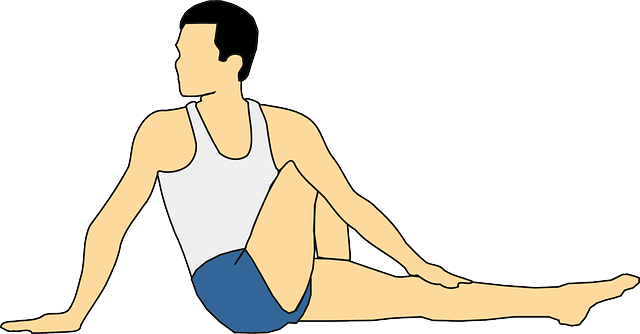

#Texture packer stretching png free
This file will serve as a “directory” for HaxeFlixel to look up what sprite has been stored where in the atlas texture.įor reference, this is what my export settings look like in Free Texture Packer:Īnd this is a snippet from my exported. The xml file contains a list of all your sprites (using the file names) along with their x- and y-positions within the texture. If you’re using Free Texture Packer, make sure to export the descriptor in xml format. Finally, export that big texture along with a descriptor file.It will then pack them together into one big texture. Point your texture packer to the folder containing all your images.Make sure that files belonging to the same animation are numbered: For example, pogogirl1.png, pogogirl2.png, pogogirl3.png… This means that every frame of every animation of every sprite should be its own image file (preferably. Export all your sprites as single images.But broadly speaking, this is what you want to do:
#Texture packer stretching png how to
I’m not gonna give you a full tutorial on how to use it, as it’s not that complex. It’s free, flexible and gives me everything I need. There are a bunch of different programs for creating a texture atlas, but I use Free Texture Packer. Packing Texturesīroadly speaking, there are two big steps when using texture atlases: Preparing the texture atlas, and loading it in the game. Note that there are probably better and smarter ways to do it, but this approach works for me. However, it can be a bit confusing figuring out how it all works, so let me explain how I do it!

Luckily, HaxeFlixel has a lot of built-in functions to help you out. I’d therefore highly recommend using a texture atlas once your game gets out of the prototyping stage. Even with a 90s platformer like Go! Go! PogoGirl, this can make a huge difference. The reason a texture atlas increases the performance of your game is that instead of loading and storing hundreds of separate image files in memory, your game only needs to keep one image handy at all times. In case you don’t know what an atlas is: It’s essentially one big image that contains all your game’s sprites, along with a text file that lists all these sprites with their names and positions within the image, so that your game can easily retrieve them. Using a texture atlas (or a “sprite sheet”, if you prefer) is one of the easiest ways to increase the performance of your game.


 0 kommentar(er)
0 kommentar(er)
